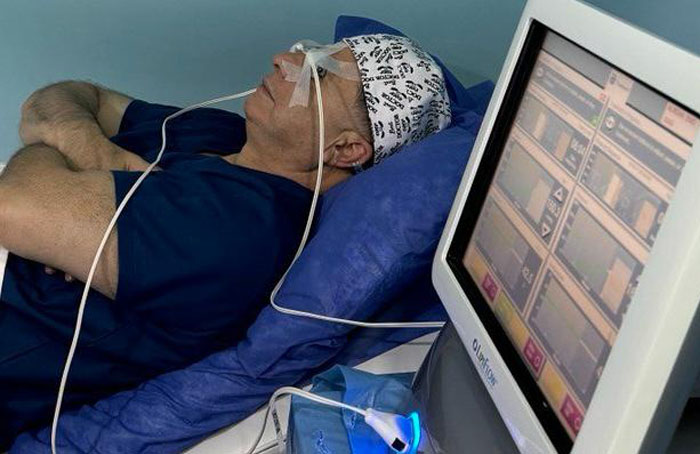Dry Eye Treatment
Dry Eye Syndrome (DES), also known as keratoconjunctivitis sicca, is a prevalent condition that affects millions of people worldwide. Characterized by a lack of adequate tear production or excessive tear evaporation, DES leads to ocular discomfort, visual disturbances, and potential damage to the ocular surface. The impact of DES on patients’ quality of life can be significant, making effective treatment crucial for managing symptoms and preventing complications. This paper provides a comprehensive review of current and emerging treatments for Dry Eye Syndrome.

Classification of Dry Eye Syndrome
Understanding the classification of Dry Eye Syndrome is essential for selecting appropriate treatments. DES is broadly categorized into two main types:
- Role of Meibomian Gland Dysfunction (MGD): The most common cause of EDE is Meibomian gland dysfunction, where the glands responsible for secreting the lipid layer of the tear film become blocked or produce poor-quality lipids. This leads to increased tear evaporation and subsequent symptoms of dry eye.
- External Factors: Environmental conditions such as low humidity, wind, and prolonged exposure to digital screens can exacerbate EDE by increasing tear evaporation.
- Sjögren’s Syndrome: An autoimmune disorder that primarily affects the lacrimal glands, leading to significant reduction in tear production. Sjögren’s syndrome is a major cause of ADDE.
- Non-Sjögren’s Syndrome Dry Eye: Includes other conditions that reduce tear production, such as aging, systemic diseases like diabetes, and the use of certain medications.
- Many patients present with a combination of EDE and ADDE, which complicates diagnosis and treatment. Addressing both components is often necessary for effective management.
Proper classification of DES is critical for determining the most effective treatment strategy, as the underlying mechanism of the condition influences the choice of therapy.
Advanced Treatments and Procedures
For patients with severe or refractory Dry Eye Syndrome, advanced treatments and procedures may be required:
- Mechanism of Action: LipiFlow is a device designed specifically to treat Meibomian gland dysfunction (MGD), a major cause of evaporative dry eye. The device uses a combination of heat and gentle pressure to unclog and express the Meibomian glands, improving the quality of the lipid layer of the tear film and reducing symptoms of dry eye.
- Procedure: The LipiFlow device is applied to the eyelids, where it delivers controlled, therapeutic heat to the inner eyelid surface while simultaneously applying gentle pulsation to the outer eyelid. This process liquefies and removes blockages in the Meibomian glands, restoring their function.
- Indications and Efficacy: LipiFlow is indicated for patients with moderate to severe MGD who have not responded adequately to traditional therapies such as warm compresses and manual expression. Studies have shown that LipiFlow can significantly improve Meibomian gland function, increase tear break-up time, and provide lasting symptom relief for up to a year following treatment.
- Patient Selection: LipiFlow is particularly suitable for patients with chronic MGD and those seeking a more long-term solution to evaporative dry eye symptoms.
- Mechanism of Action and Indications for MGD: IPL therapy is used to treat Meibomian gland dysfunction (MGD) by applying light pulses to the skin around the eyes, reducing inflammation and improving the function of the Meibomian glands. IPL is particularly beneficial for patients with rosacea-associated MGD.
- A cooling gel is applied to the skin, and each session lasts between 15 to 20 minutes. The patient typically requires 6 to 8 sessions, with a two-week interval between each session.
- Punctal Plugs:
- Types and Indications: Punctal plugs are small devices inserted into the tear ducts to block tear drainage, thereby increasing the retention of the tear film on the ocular surface. Temporary plugs are made of collagen and dissolve over time, while permanent plugs are made of silicone or acrylic. Punctal plugs are indicated for patients with moderate to severe dry eye who do not respond adequately to other treatments.
- Benefits and Potential Complications: Punctal plugs can provide significant relief for patients by improving tear retention, but potential complications include local irritation, infection, and migration or loss of the plug.